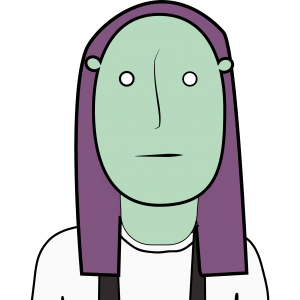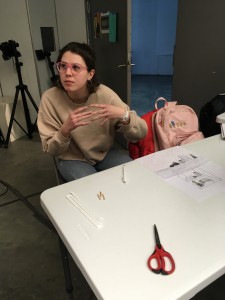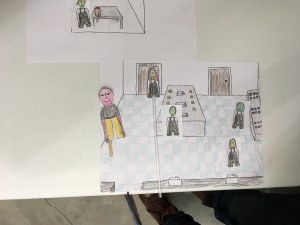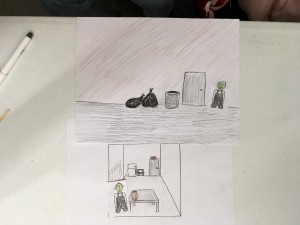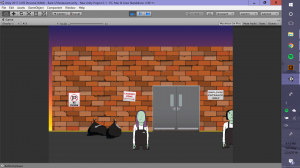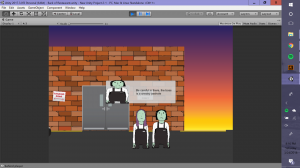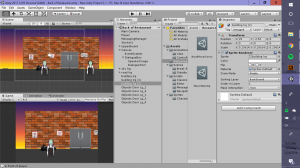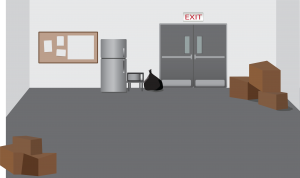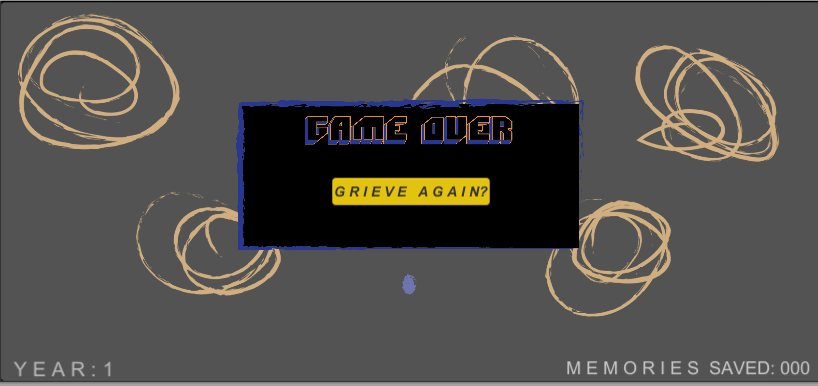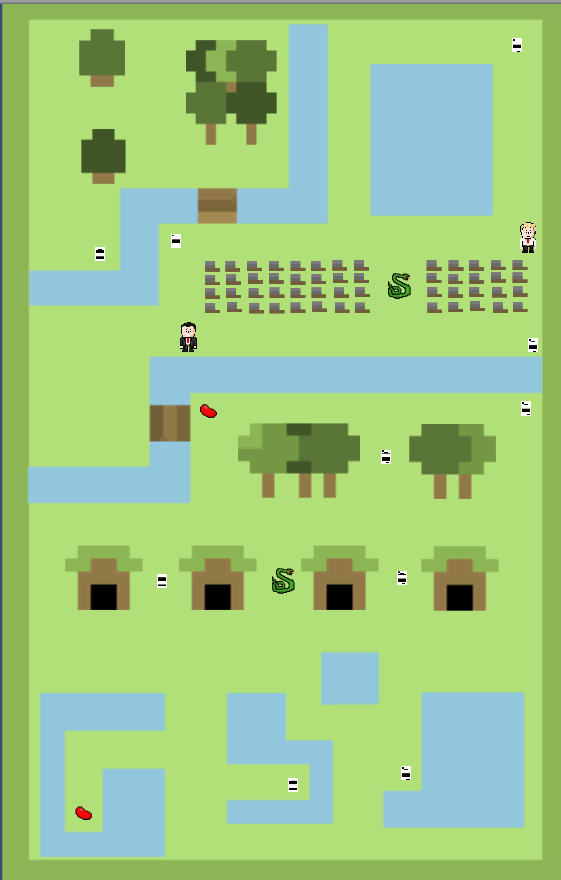My game Union Town (a working title) is about an unnamed new hire at a fast food restaurant. You play as this new hire, making connections with the other workers by getting to know them, picking up shifts, and bumming them cigarettes in order to form a union. Meanwhile, the manager of the restaurant offers you a raise and the employee of the month award if you refuse to help out your coworkers and only flip burgers.
I got the idea for my game because this is actually what my brother is doing right now in Portland. He’s working on a union campaign at a fast food restaurant chain, flipping burgers and building relationships with his coworkers and helping them learn the power of the union. Talking to him about his day-to-day life as a union organizer gave me the idea for my game. He’s having fun working on building the union, but building community in the face of corporate isolation and the trauma of poverty created by working minimum wage jobs is tough work. This game is radical because it examines this process of union building, promotes values of class solidarity, questions the ethical authority of managers and bosses. The main radical aspect of this game, though, is its promotion of radical friendship and solidarity building. Though the tactics of striking, boycotting, and other contentious means of forming a union are definitely vital to organizers, the radical nature of relationship building is an essential and undervalued aspect of organizing that I want to highlight in this game.
My paper prototype played fairly well during the Paper Game class, I had some trouble creating and nailing down the interactions for each level.
I had planned my game around the player having options for response, this mistake definitely showed through during the paper game play through, and working around that has been a little difficult. But I’ve figured it out for the first level at least, where the player begins outside the back of the restaurant.
Here, there are three NPC encounters. The first is with a former worker of this restaurant, who informs the player of their task to unionize the workplace. He tells the player that he had been fired for organizing and warns the player to watch out for the manager.
Another encounter on this level is with the trashbags, among which the player finds a pack of cigarettes that they can then use to build friendships with other workers. The final encounters in this level is with another worker who is outside on a smoke break. He asks to bum a cigarette, and if the player has already picked up the pack of cigarettes from the trash, the worker continues talking and tells you about his work woes. After he finishes talking, the manager comes out and tells him his break is over. Then the manager turns to the player and tells him to not mingle with the other workers because they’re lazy etc. and that you should just stick to flipping burgers if you want to be employee of the month. These encounters work to express my game idea by first setting up the goal of the game with the former worker, then providing an opportunity to build friendship and solidarity with a worker right off the bat. The help and hinder paradigm is then seen when the manager comes out and offers you an alternative goal for the game, achieving employee of the month.
My gamebuild is progressing fairly well considering it is my first game. I’ve made one level in Unity with one interaction. I am having some trouble with the animation, as it seems to be skipping when the player walks down and to the side (though not walking up, for some unknown reason). It’s going slowly but surely, and I’m enjoying learning how Unity works.
My use of color is somewhat strategic. I plan on utilizing less and less color as the player moves through the levels. In the first level, the back of the restaurant, the assets are very colorful. The layout of the level is also very open, the player can move around the road/parking lot and has to explore the level to see the other worker. This is meant to make the player feel free, able to move around and engage with the level without any visible constraints. This serves as a juxtaposition for the following two levels.
The second level is a bit more closed and a bit less colorful. I use grayscale and browns to make the player feel less free. Its rather empty (there will be NPCs in this level, however). The grayscale is meant to represent the feelings of boredom and entrapment that workers of minimum wage jobs often feel. The third level, the shop floor, is an exaggerated version of this. It will look more like a prison or cage with less color and less room to move around. I don’t think I’ve intervened enough to make this game unconventional, so far it is pretty straightforward, but the structuring of the levels is somewhat unconventional in that it is not necessarily linear. The player can move between the levels freely, moving toward and away from the imprisonment by capitalism.
I think this game, though fairly simple, puts forth some big ideas about the power of building relationships when confronting capitalism. The game is not just getting union card signatures and striking, but actually interacting with other workers and forging strong friendships with them by getting to know them. In the end, it is this solidarity that helps build unions, not just old leftist tactics. This is something we can all stand to learn, leftists and non-leftists alike. Often, leftists get caught up in the glamorous, contentious aspects of organizing work, thinking that the radical work is the disruptive work. But this game is meant to serve as a reminder that radicalism also manifests in acts of friendship, and the power of radical friendship is not something to be dismissed or undervalued in the fight against capitalism.
